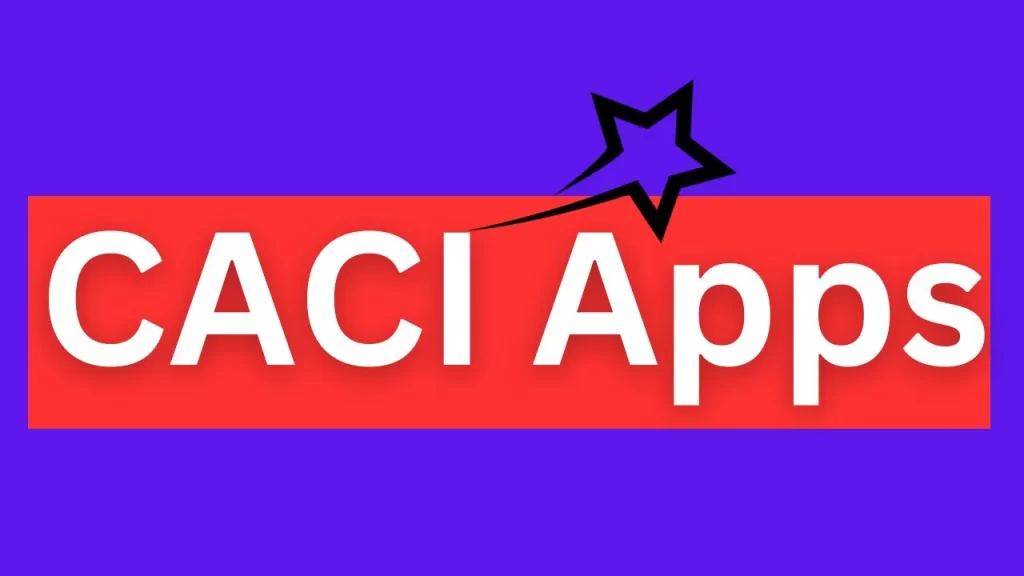Welcome to your guide on navigating the complex world of best car insurance in California! Whether you are an experienced driver or a newbie on the road, understanding car insurance is crucial to protecting yourself and your vehicle. In this comprehensive article, we’ll delve into everything you need to know about finding the best car insurance coverage tailored to your needs.
Understanding Car Insurance California
best car insurance in California is a legal requirement for all drivers. It provides financial protection in the event of accidents, theft, or damage to your vehicle or others’ property. With numerous insurance providers and policy options available, it’s essential to explore your choices carefully to ensure you get the coverage you need at a price that fits your budget.
Factors Influencing Car Insurance Premiums
Several factors can affect the cost of car insurance premiums in the California, including:
- Driving History: A clean driving record typically results in lower premiums, while accidents or traffic violations may increase costs.
- Vehicle Type: The make, model, and age of your car can impact insurance rates, with high-performance or luxury vehicles often commanding higher premiums.
- Location: Where you live can affect insurance rates, with urban areas generally having higher premiums due to increased traffic and theft rates.
- Age and Experience: Younger or inexperienced drivers usually face higher insurance costs due to a higher risk of accidents.
- Annual Mileage: The more you drive, the higher your insurance premiums are likely to be, as increased mileage correlates with a greater risk of accidents.
Types of Car Insurance Policies
When shopping for car insurance in the California, you’ll encounter several types of policies, including:
- Third-Party Only (TPO): This basic level of coverage is the minimum legal requirement in the California, covering damage to other vehicles and property but not your own.
- Third-Party, Fire, and Theft: In addition to TPO coverage, this policy also protects your vehicle against fire damage and theft.
- Comprehensive: Offering the most extensive coverage, comprehensive insurance protects against a wide range of risks, including accidents, vandalism, and weather damage.
Comparing Car Insurance Quotes
To find the best car insurance deal, it’s essential to compare quotes from multiple providers. Consider the following tips:
- Review Coverage Options: Ensure that the policy offers the coverage you need, including any extras such as breakdown assistance or legal expenses cover.
- Check Excess Amounts: The excess is the amount you must pay towards any claim. Opting for a higher excess can lower your premiums but means you’ll pay more out of pocket in the event of a claim.
- Look for Discounts: Many insurers offer discounts for factors such as a no-claims history, advanced driving courses, or installing security features on your vehicle.
- Consider Payment Options: Some insurers offer discounts for paying annually rather than monthly, so weigh up the total cost over the policy term.
Tips for Reducing Car Insurance Premiums
While car insurance is a necessary expense, there are several strategies you can employ to reduce your premiums:
- Increase Security: Installing approved security devices such as alarms, immobilizers, or tracking systems can deter theft and lower insurance costs.
- Drive Responsibly: Maintaining a clean driving record and avoiding accidents and traffic violations can help keep your premiums down.
- Park Securely: Parking your car in a garage or secure location overnight can reduce the risk of theft or vandalism, potentially lowering your insurance premiums.
- Consider Telematics: Some insurers offer telematics or “black box” policies that track your driving behavior. Safe driving habits can lead to discounted premiums.
- Bundle Policies: Purchasing multiple insurance policies, such as car and home insurance, from the same provider may qualify you for a discount.
Understanding No-Claims Discounts
One of the most significant factors influencing car insurance premiums is the no-claims discount (NCD). This discount rewards policyholders for each claim-free year by reducing their premiums. Building up a substantial NCD can lead to significant savings on insurance costs over time.
- Accumulating NCD: Each year that you hold an insurance policy without making a claim, you earn a higher level of NCD. The discount usually starts at around 10% for the first claim-free year and increases incrementally with each subsequent year without a claim. Some insurers offer accelerated NCD, where you can earn a higher discount for every claim-free year.
- Reduction in Premium: The NCD is applied as a discount on your insurance premium when you renew your policy. For example, if you have a 50% NCD, your insurer will reduce your premium by 50%.
- Protection of NCD: Some insurers offer NCD protection as an optional extra. This means that even if you make a claim, your NCD level remains unaffected. However, there are usually limitations on the number of claims you can make while still retaining your NCD protection.
- Transferring NCD: In many cases, you can transfer your NCD when you switch insurance providers. This allows you to continue benefiting from the discount even if you change insurers.
- Loss of NCD: Making a claim typically results in a reduction or loss of your NCD, which can lead to an increase in your insurance premium. However, some policies may have provisions for “no-claims forgiveness” where you can make a claim without losing your NCD, usually once within a certain period.
Overall, building and maintaining a high NCD can lead to significant savings on your car insurance premiums over time, making it a valuable incentive for safe driving and responsible behavior on the road.
FAQs
What types of car insurance are available in California?
There are three main types of car insurance in the California: third-party only, third-party, fire, and theft, and comprehensive.
How can I lower my car insurance premiums?
You can lower your car insurance premiums by maintaining a clean driving record, increasing security measures on your vehicle, and exploring discounts offered by insurers.
What is a no-claims discount, and how does it work?
A no-claims discount is a reward given to policyholders for each claim-free year. It can lead to significant reductions in insurance premiums over time.
Do all car insurance policies include breakdown cover?
No, breakdown cover is often sold as an optional extra, so it’s essential to check the policy details to see if it’s included or available as an add-on.
Can I drive someone else’s car with my insurance?
It depends on the terms of your policy. Some comprehensive policies offer third-party cover for driving other vehicles with the owner’s permission, but this isn’t universal, so always check with your insurer.
What should I do if I’m involved in a car accident?
If you’re involved in a car accident, prioritize safety, exchange details with the other party, and contact your insurance provider as soon as possible to report the incident.
Conclusion
Navigating the world of best car insurance in California can seem daunting, but armed with the right knowledge, you can find the perfect policy to suit your needs. By understanding the factors influencing insurance premiums, comparing quotes, and implementing cost-saving strategies, you can secure comprehensive coverage at an affordable price.



